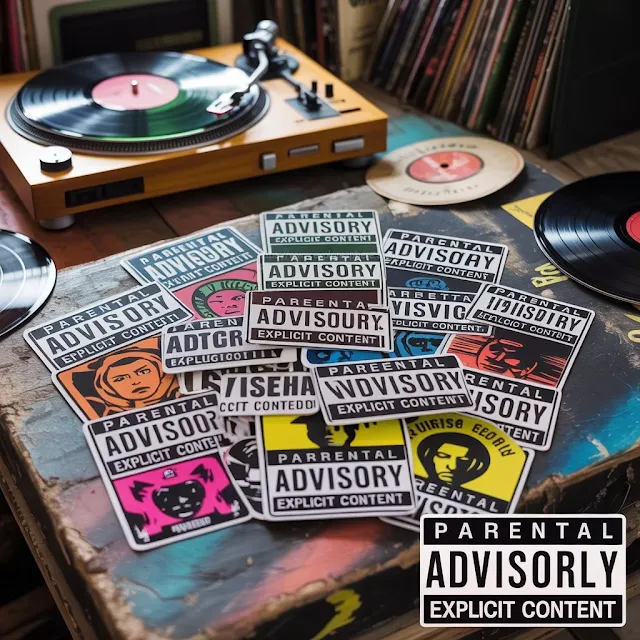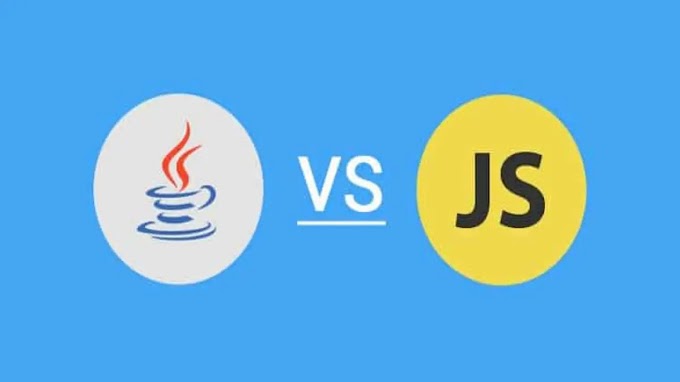Introduction
You’ve seen it — that bold black-and-white label stuck to music albums or flashing before certain videos. It says: Parental Advisory: Explicit Content. But behind that basic-looking sticker lies a much bigger story.
What started as a tool to warn parents has evolved into something larger — a cultural symbol, a badge of rebellion, even a marketing strategy. This blog digs into how the Parental Advisory label came to be, the debates it sparked, and why it still matters in a world where digital content knows no borders.
We’ll also explore what needs to change to make it more effective today — especially when content is global, constant, and available at any age with a few taps.
What Does "Parental Advisory" Really Mean?
At its core, the Parental Advisory label is a warning system. It flags content that might not be suitable for kids or teens — usually due to profanity, violence, drug mentions, or sexual content.
While it’s most often seen on music, it can also apply to films, video games, podcasts, and online videos. Over time, it’s become most closely tied to music genres like hip-hop, rap, metal, and punk — where raw, uncensored language and themes are often central to the message.
How It All Started
The label was introduced in the 1980s, following pressure from a group of politically connected parents in the U.S., led by Tipper Gore. Disturbed by explicit lyrics in pop and rock songs, they pushed for a way to inform consumers — especially parents — about potentially harmful content.
Rather than let the government impose restrictions, the music industry decided to self-regulate. In 1985, the Recording Industry Association of America (RIAA) officially launched the Parental Advisory warning. It was a compromise — content wouldn’t be censored, but it would carry a cautionary label.
This move sparked conversation across the country — some applauded the awareness, others feared it was the start of censorship.
Why It Was Introduced
1. To Help Parents Make Choices
The label gave adults a tool to preview what their children might hear or see before making a purchase.
2. To Avoid Government Censorship
Instead of lawmakers stepping in, the industry offered a self-managed system of warnings.
3. To Promote Responsible Media
It served as a signal that creators understood the need to identify content that could affect young minds.
The Criticism and Pushback
1. A Silent Form of Censorship?
Many artists felt targeted. They believed that the label discouraged retailers, radio stations, and platforms from promoting their work, even when the content had artistic or social value.
2. The “Forbidden Is Cool” Effect
Teenagers didn’t back off. In fact, the label often made music more appealing. If something was marked as off-limits, it became more attractive.
3. Inconsistent Rules
There were no clear, universal standards for what qualified as explicit. Sometimes one curse word triggered the label, while other times, more graphic material didn’t. That inconsistency frustrated artists and producers alike.
When Warning Becomes Marketing
Over time, the label flipped from being a caution sign to a selling point. Some artists embraced it.
Eminem became synonymous with raw, uncensored storytelling. The sticker was always there — and fans expected it.
N.W.A. turned their label-covered albums into protest tools, spotlighting real-life issues with blunt language.
Fashion brands started using the Parental Advisory logo as part of streetwear — a statement of edginess and rebellion.
Instead of hiding the label, artists began treating it like a symbol of authenticity.
Is It Still Useful in the Age of Streaming?
The digital era changed everything. Albums are now streams. CDs are rare. And content is everywhere.
1. Streaming Platforms Use Their Own Labels
Services like Spotify, Apple Music, and YouTube tag songs or videos as "explicit." But the warning often appears in small text and can be easily missed — or ignored.
2. Tech Filters Are Limited
Parental controls exist, but many are difficult to set up or easy to bypass. Algorithms can detect keywords but often miss the full meaning or emotional impact of content.
3. Global Access, Global Impact
Anyone with internet access can stream content made anywhere in the world. This raises the stakes for what content labels mean — and how reliable they really are.
Why It Matters Globally
No single country can manage online content alone. While nations have their own rating boards — like the MPA in the U.S., CBFC in India, or BBFC in the UK — those systems mostly cover films and television, not streaming content or music.
As digital content becomes global, the need for consistent, easy-to-understand warnings becomes more urgent. The old rules don’t fit the new reality.
What Needs to Change (Solutions)
To make the Parental Advisory label relevant in today’s world, it needs to adapt.
1. Universal Content Tagging Systems
There should be a unified standard across platforms and countries for marking explicit content — especially for music and digital audio.
2. Teach Digital Awareness
Parents need to know what tools are available. Kids need to learn how to think critically about what they consume.
3. Improve Parental Tools
Streaming services should make filters and restrictions easier to use — and more visible. Ideally, parents could manage all their child’s content settings from one dashboard.
4. Make It About Dialogue, Not Control
The most powerful filter isn’t software — it’s communication. Parents who talk to their kids about what they’re watching or listening to have the biggest influence.
Conclusion
The Parental Advisory label began as a way to protect children — and that mission still holds value. But in today’s fast-moving, global, digital world, a small sticker isn't enough. The warning remains relevant, but it needs to evolve.
More than a warning, it should be a starting point — a signal to pause, think, and engage. Whether you're a parent, an artist, or a platform, the responsibility isn’t just to label — it’s to inform, empower, and connect.
In the end, content has power. Labels can guide us, but only awareness, education, and honest conversations can truly protect the next generation.
FAQs (Frequently Asked Questions)
Q1: Is the Parental Advisory label required by law?
A: No. It's a voluntary system used by the music industry and digital platforms to flag explicit content.
Q2: Does the label mean the content is dangerous?
A: Not always. It indicates that the content includes language or topics that some may find inappropriate for younger audiences. Context is key.
Q3: Can artists benefit from the label?
A: Yes. In many genres, especially rap and alternative music, the label can actually enhance an artist's image or credibility.
Q4: Is there a global version of this system?
A: Not yet. While countries have local film and TV ratings, there’s no worldwide standard for labeling music or digital content.
Q5: How can parents stay on top of explicit content online?
A: Use platform-based filters, keep up with what your kids are watching or listening to, and — most importantly — talk to them. Awareness always works better than surveillance.














Society need more content on this topic. You doing great job 👏 plz keep it up
ReplyDelete